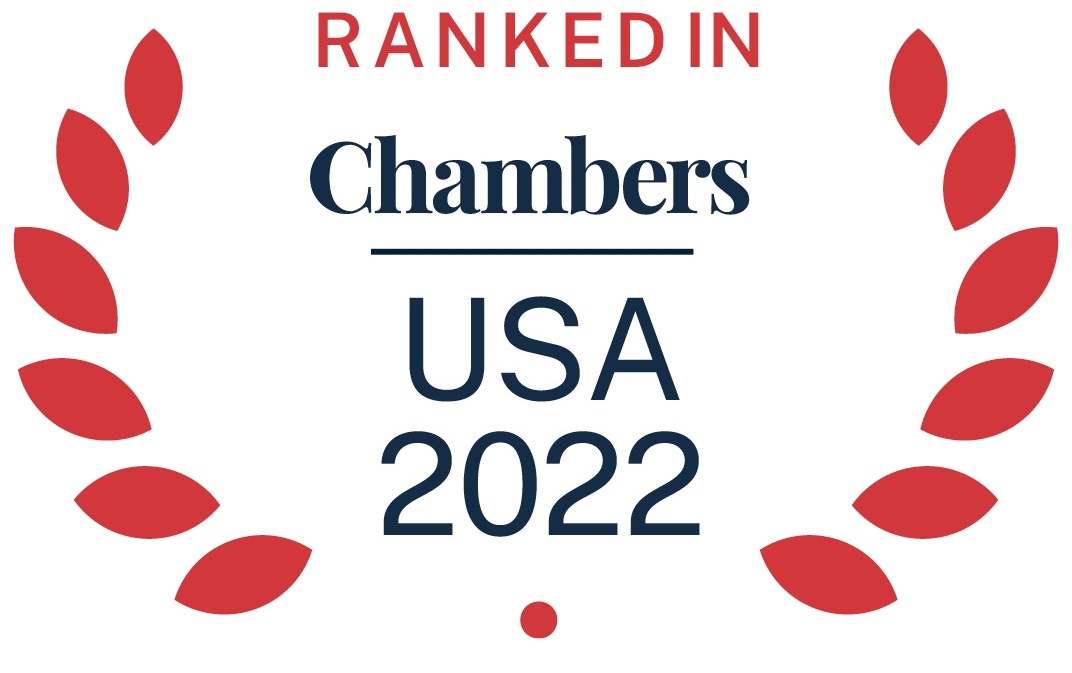The US Court of Appeals for the First Circuit vacated a preliminary injunction, explaining that the district court should have immediately issued a statutory stay of the proceeding under 28 U.S.C. § 1659(a) because a co-pending case at the International Trade Commission involved the same issues and parties. Vicor Corp. v. FII USA Inc., Case No. 24-1620 (1st Cir. Mar. 6, 2025) (Gelpí, Thompson, Rikelman, JJ.)
Vicor filed a § 337 complaint with the Commission against Foxconn asserting power converter module patents while simultaneously suing Foxconn for patent infringement in a Texas district court. Under § 1659, at the request of the party charged in the § 337 complaint, a federal district court must stay proceedings in a civil action between the same parties “with respect to any claim that involves the same issues [as those] involved” in the Commission action. Foxconn successfully secured a stay of the Texas litigation under § 1659.
Foxconn then initiated arbitration in China before the China International Economic and Trade Arbitration Commission (CIETAC), claiming that Vicor had agreed to such arbitration under the terms of their purchase order. The Commission’s administrative law judge denied Foxconn’s request to terminate the § 337 case, finding that Foxconn had waived that defense by failing to timely raise an arbitration defense.
Vicor then sued Foxconn in a Massachusetts district court, disputing any arbitration agreement. The district court issued a temporary restraining order (TRO) and later a preliminary injunction, blocking the CIETAC arbitration. In the Massachusetts litigation, Foxconn sought a § 1659 stay and sought to vacate the TRO. Although the district court agreed that a stay would be permitted, the court rejected the motion to vacate the TRO. The court referenced the All Writs Act, which provides that federal courts “may issue all writs necessary or appropriate in aid of their respective jurisdictions,” as justifying injunctive relief. Foxconn appealed.
The First Circuit agreed that § 1659 applied in the Massachusetts litigation and found that the statute’s plain text required an immediate stay upon Foxconn’s request without granting Vicor a preliminary injunction. The primary issue before the First Circuit was whether Vicor’s claims against Foxconn at the Commission involved the same issues as those in the Massachusetts litigation.
Reviewing the text of § 1659, the First Circuit determined that Vicor’s district court claims in the Massachusetts litigation encompassed the same issues as those raised in the § 337 proceeding. In its Massachusetts litigation, Vicor sought relief under the Federal Arbitration Act to enjoin the CIETAC arbitration and relief under the Declaratory Judgment Act for a ruling that Vicor was not bound by the arbitration terms of the purchase order agreements with Foxconn. Central to both proceedings was Vicor’s argument that it had not agreed to the purchase order terms. Because this issue was common to both the § 337 proceedings and the Massachusetts litigation, the First Circuit determined that the district court needed to issue an immediate stay to Foxconn under § 1659.
Vicor argued that for § 1659 [...]
Continue Reading
read more


 Subscribe
Subscribe


